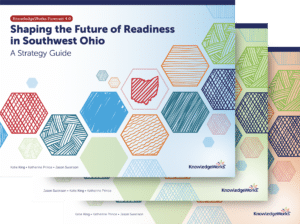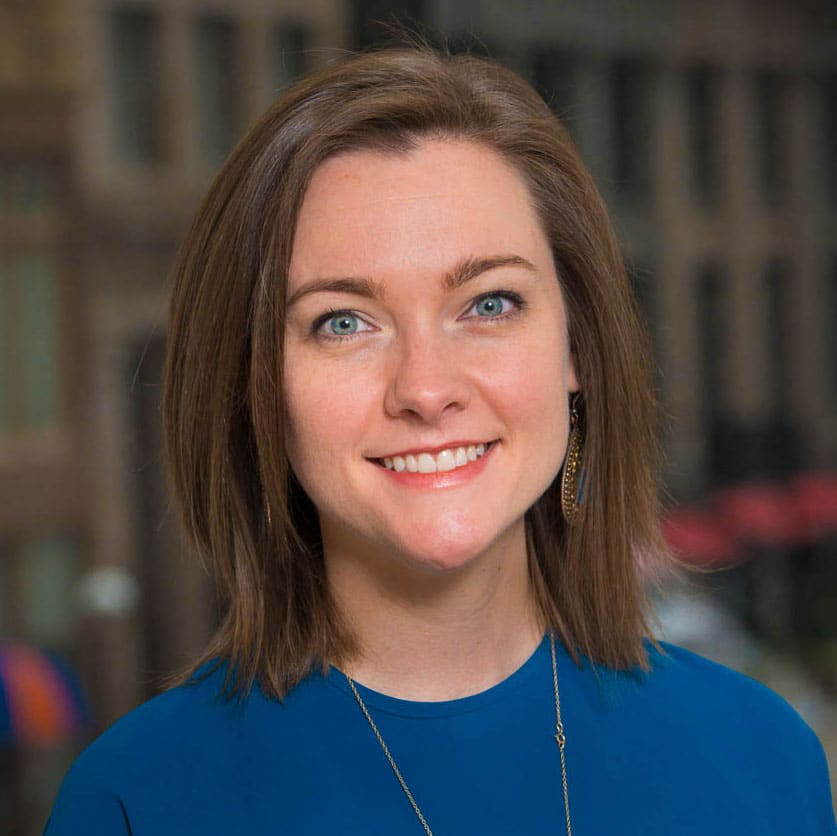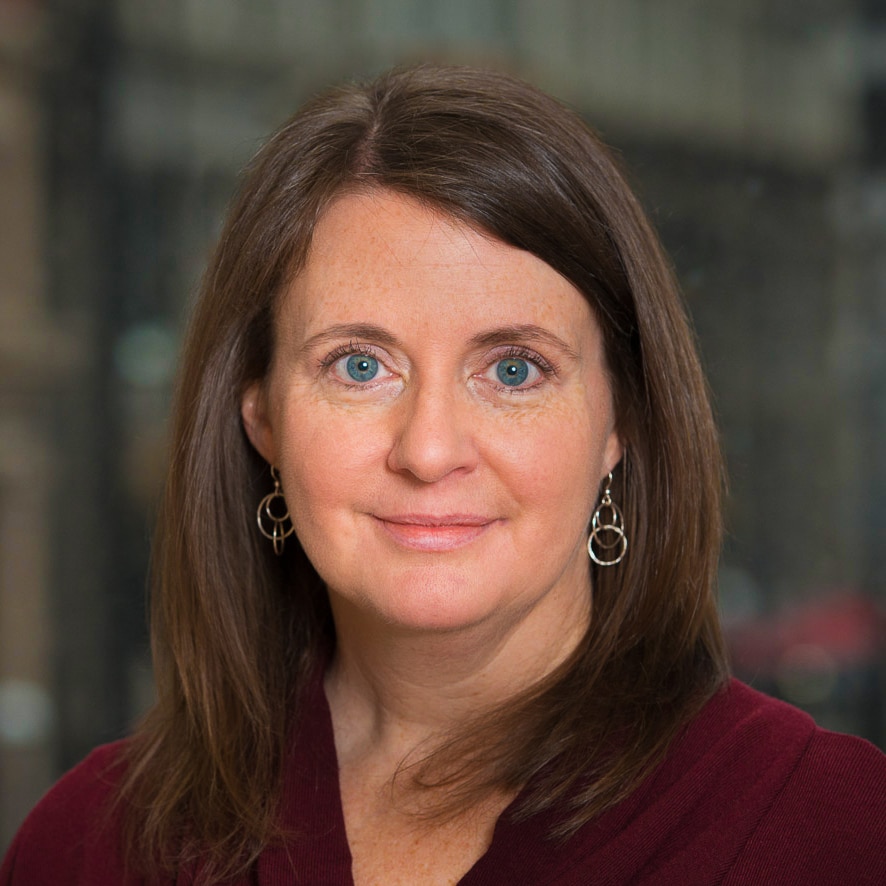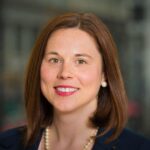Shaping the Future of Readiness:
Three Regional Ohio Strategy Guides




Immersive futures experiences help participants explore possible futures of learning.
Helping education constituents navigate today’s shifting landscape with resilience and success

Many people, especially – and tragically – many of our young learners, also lack a vision of the future for themselves.

A future of learning where students of all races and ethnicities, incomes and identities pursue the kinds of learning experiences that enable them to uncover their passions and thrive in an evolving world.
Subscribe to receive email updates including expert insights, success stories and resources.